Informações
Sinopse:
Duração: 01h58m
Data de lançamento: 18 de outubro de 2000
Genêros: Drama.
(3 votos)
?
?
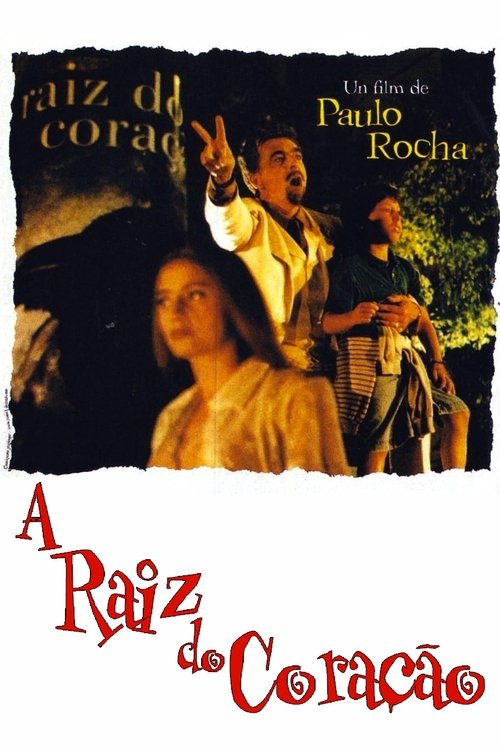
Sinopse:
Duração: 01h58m
Data de lançamento: 18 de outubro de 2000
Genêros: Drama.
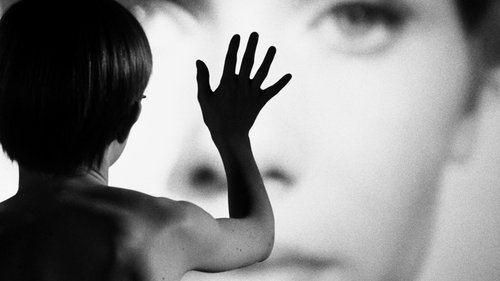
Uma atriz teatral de sucesso sofre uma crise emocional e para de falar. Uma enfermeira é designada a cuidar dela em uma casa reclusa, perto da praia, onde as duas permanecem sozinhas. Para quebrar o silêncio, a enfermeira começa a falar incessantemente, narrando diversos episódios relevantes de sua vida, mas quando descobre que a atriz usa seus depoimentos como fonte de análise, a cumplicidade entre as duas se transforma em embate.
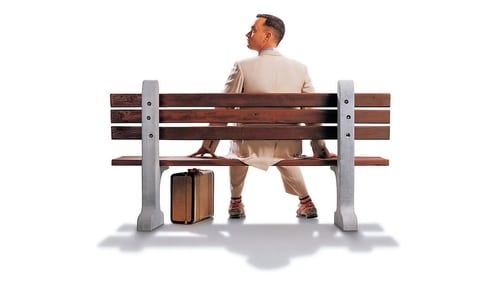
Quarenta anos da história dos Estados Unidos, vistos pelos olhos de Forrest Gump, um rapaz com QI abaixo da média e com boas intenções. Por obra do acaso, ele consegue participar de momentos cruciais, como a Guerra do Vietnã e o Caso Watergate, mas continua pensando no seu amor de infância, Jenny Curran.

Isolado, intimidado e desconsiderado pela sociedade, o fracassado comediante Arthur Fleck inicia seu caminho como uma mente criminosa após assassinar três homens em pleno metrô. Sua ação inicia um movimento popular contra a elite de Gotham City, da qual Thomas Wayne é seu maior representante.
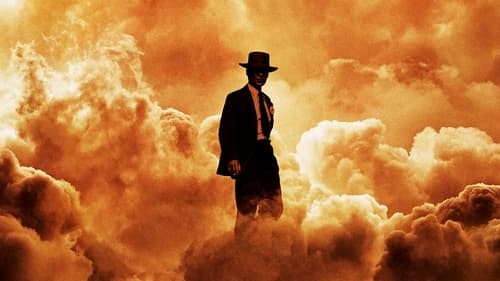
A história do físico americano J. Robert Oppenheimer, seu papel no Projeto Manhattan e no desenvolvimento da bomba atômica durante a Segunda Guerra Mundial, e o quanto isso mudaria a história do mundo para sempre.
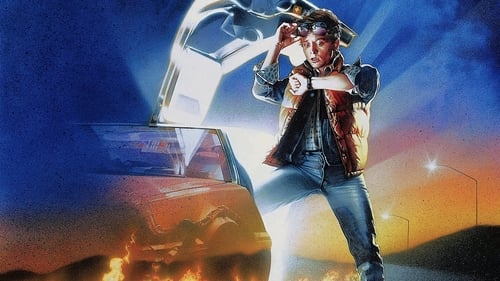
Marty McFly, um típico adolescente americano dos anos 80, acidentalmente é enviado de volta ao ano de 1955 em um carro modificado para ser uma máquino do tempo, inventada por um cientista louco. Durante sua fantástica e maluca viagem no tempo, McFly tem que fazer com que seus futuros pais se encontrem e se apaixonem, para que assim ele possa ir de volta para o futuro.
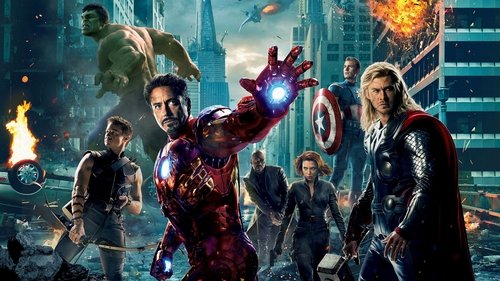
Loki, o irmão de Thor, ganha acesso ao poder ilimitado do cubo cósmico ao roubá-lo de dentro das instalações da S.H.I.E.L.D. Nick Fury, o diretor desta agência internacional que mantém a paz, logo reúne os únicos super-heróis que serão capazes de defender a Terra de ameaças sem precedentes. Homem de Ferro, Capitão América, Hulk, Thor, Viúva Negra e Gavião Arqueiro formam o time dos sonhos de Fury, mas eles precisam aprender a colocar os egos de lado e agir como um grupo em prol da humanidade.
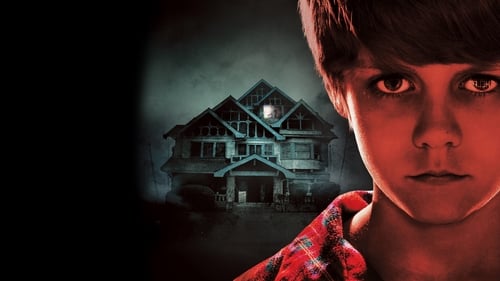
Josh e Renai se mudam com a família para uma casa maior. Lá, o filho Dalton sofre um estranho acidente e entra em coma. Enquanto eles tentam salvar o menino, entidades malignas atormentam a família.
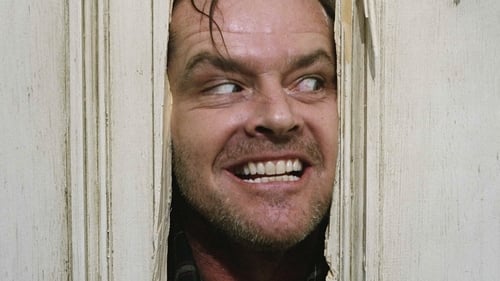
Durante o inverno, um homem é contratado para ficar como vigia em um hotel no Colorado e vai para lá com a esposa e seu filho. Porém, o contínuo isolamento começa a lhe causar problemas mentais sérios e ele vai se tornado cada vez mais agressivo e perigoso, ao mesmo tempo que seu filho passa a ter visões de acontecimentos ocorridos no passado, que também foram causados pelo isolamento excessivo.